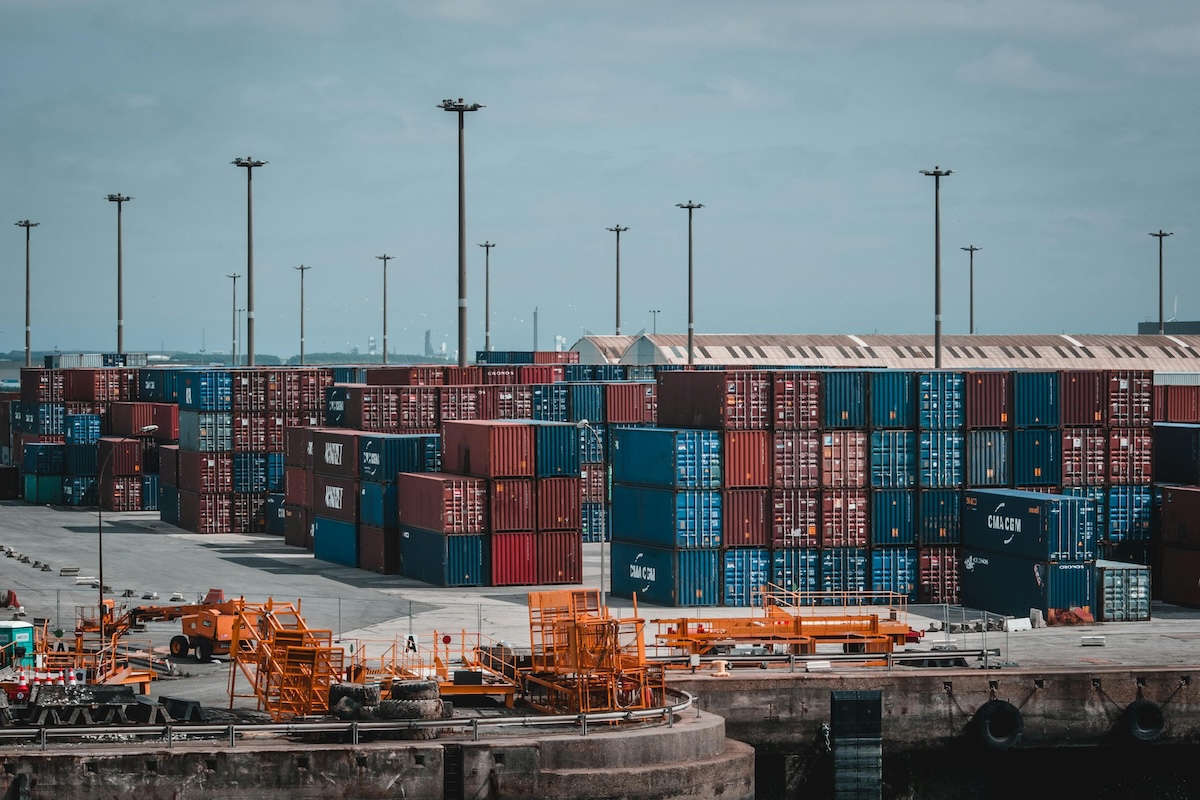Deemed Export Risk in the I-129 Visa Petition

With H-1B visa window approaching, there is renewed attention on the I-129 visa application, notably the certification that “[a] license is not required from either the U.S. Department of Commerce or the U.S. Department of State to release such technology or technical data to the foreign person.” Alternatively, the applicant can certify that an export will be required, and the applicant will prevent access by the employee to the controlled material until an export license is obtained. This required assertion is not new, but in 2011 the language was strengthened to read: “I certify, under penalty of perjury. . . ” As a result, quite understandably, nervous managers and HR departments immediately sought advice on how to understand the requirement, research the situation, and then sign their visa petitions without suffering sleepless nights afterward.
In the five years since the clause was added, we have helped many applicants navigate this hurdle. In the process, we have developed a number of procedures and tools, steadily increasing in speed and efficiency as we go.
- We start with an informational memo for new stakeholders that explains who we are, what the government requirement is, and what we will collectively do to gauge the risk of an export of technology (i.e., a “deemed export”). This document reduces client confusion and boosts cooperation enormously.
- We convene a brief phone meeting with the primary stakeholders to answer remaining questions and describe the review process.
- Following the call, we provide the client with a complete list of the information we will need, enabling the point of contacts to assemble it efficiently, rather than using ad hoc requests.
- As we receive the information, we work our way through various steps:
- We review the business model to ascertain the relative likelihood of licensable information being maintained on the client’s Intranet.
- We review the information exposure associated with the job description, notably documents, discussions, demonstrations and access to the company Intranet.
- We review software provided to the applicant, paying particular attention to software involving encryption.
- We review hardware provided to the applicant which might risk transfer of controlled technology.
- We conduct name screens, matching the applicant against all pertinent US government lists.
- If questions emerge or remain, we call or exchange emails with pertinent client representatives to obtain necessary information.
- Upon completion, we create a report summarizing our process and our conclusion regarding the risk of a deemed export.
The timing is also important. Typically US Citizenship and Immigration Services (USCIS) begin acceptance of H-1B petitions on April 1st. However, because the date falls on Saturday this year, acceptance of H-1B petitions for FY 2018 Cap will begin on Monday, April 3rd, 2017. Last year, USCIS reached its statutory cap of 65,000 petitions for H-1B visas within the first week as it received more than 236,000 H-1B petitions. Make sure you’re ready to submit by crossing off the export compliance risk as you begin preparations.










